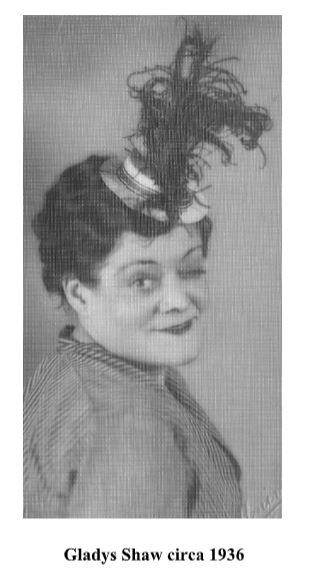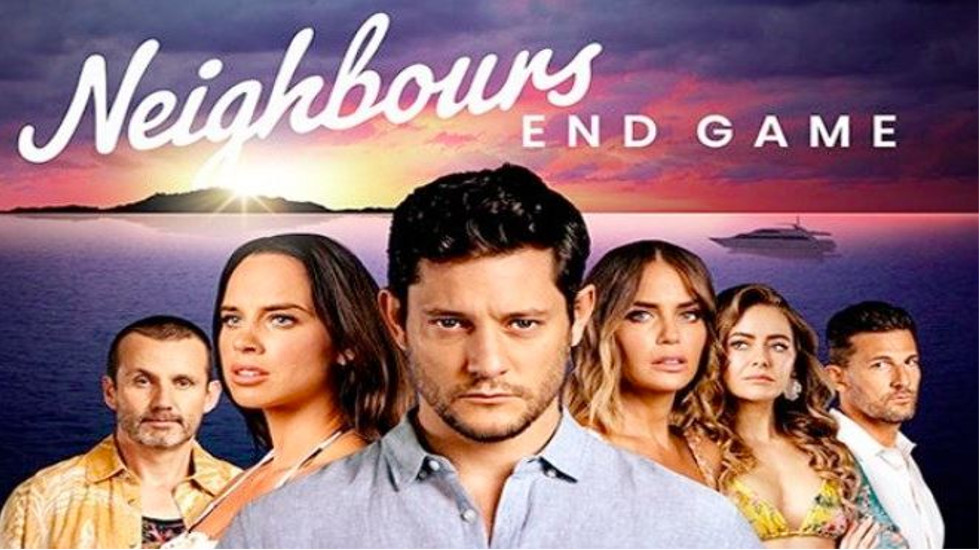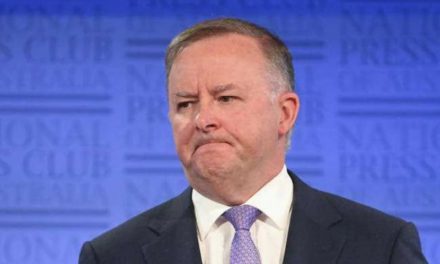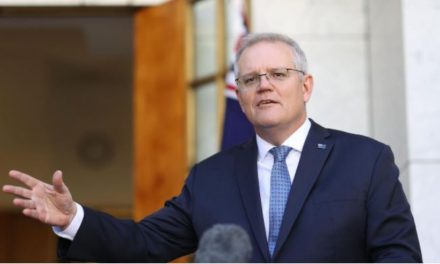Shows like “Neighbours” were the fruit of television regulation requiring the broadcast of homemade drama.
The last time a global crisis coincided with a technological revolution in the entertainment industry, my great aunt Gladys lost her job.
She’d been a whistler, singer and dancer since childhood. By 30, she was better known as one of Australia’s leading comediennes, starring with the famous “Stiffy and Mo” company and lauded for her clever and hilarious caricatures in vaudeville shows and revues.
But at the end of 1928, talking pictures arrived in Australia in the form of “The Jazz Singer”. Within a year, Wall Street crashed and Sydney’s main vaudeville stages began closing.
Almost a century later, streaming services are booming as we stay home to prevent the spread of Covid-19. Again we’re facing economic depression. Our theatres are dark and there is little help for artists.
In April, Minister for Communications Paul Fletcher offered relief for media companies suffering falling advertising revenue. Their obligation to screen Australian drama, children’s and documentary content on free-to-air and subscription television has been suspended, at least for the remainder of 2020.
More than two months later, Fletcher announced a modest support package for the arts and entertainment sector, but it may offer little to artists and entertainers who depend on work in television production. Suspending local content requirements will dampen demand for Australian programs, and the Minister may yet decide to extend the moratorium into 2021.
Only a few weeks before the suspension of the drama, documentary and children’s quotas, Seven Network chief executive James Warburton and his equivalent at Nine, Hugh Marks, called for the scrapping of regulations requiring them to screen local programs, suggesting that if streaming platforms like Netflix were not required to meet similar content obligations, then neither should the nation’s TV companies.
They have a point. But why not argue instead for local content requirements to be applied to streaming services as well, as the European Union is doing?
Truth is, media executives don’t want the expense. Dumped US drama shows are often cheaper than local programs and have already proven themselves in the American market. And dumbed-down “reality” shows (frequently made using formats devised overseas) are a simple sell to remaining advertisers and captive audiences.
Like the media executives of today, theatrical entrepreneurs in the 1930s found that Australian entertainments were not as cost effective as the apparently limitless, cheap and pre-packaged cinematic offerings of Hollywood studios, keen to market their newly talking pictures to the world.
Great-aunt Gladys lost her job with the “League of Notions Revue” company when its season was abruptly axed so that Sydney’s Fullers Theatre could become a cinema, named for the greatest American showman of his age, Samuel L Rothapfel, otherwise known as “Roxy”.
The doors to the new picture house opened within a week, the Roxy’s first cinematic offering only adding insult to injury. The Hollywood Revue was a variety show on film. Produced by MGM to introduce the voices of the studio’s leading players, the picture had little story but plenty of formerly silent movie stars.
Laurel and Hardy, Joan Crawford and Jack Benny were among those whose voices were heard for the first time by audiences already familiar with their faces. Canned variety had replaced the real thing, and American entertainers their Australian counterparts.
US companies controlled film exhibition all around the country. Australian productions were largely locked out of the nation’s cinemas and, with city stages converted to screens, many vaudeville companies disbanded. Box office earnings that once supported thousands of Australian theatrical workers mostly went offshore to support film distributors and producers in the US and the UK.

Performers as experienced as Gladys were adaptable. From the late 19th century, they rode a roller coaster of technological change that brought audio recording, silent cinema, radio and then talking pictures to Australia, along with scores of entertainment fads and fashions.
By the time World War II came, my great aunt was on the road with an act known as “The Arizona Girls”. With stage partner Jeanne Cracknell (the “Bulls Eye Girl”) and a performing Pomeranian named Goldie, Gladys was the “Whistling Cowgirl”.
She added whip-cracking, sharp shooting and rope-twirling to her repertoire, appearing with well-established travelling shows that plied their entertainments in towns throughout Queensland and NSW. Then wartime restrictions halted them too. Petrol rationing limited unnecessary travel until early 1950, and that was the end of Gladys’s career.
When television came to Australia, she was 60. Our early broadcast schedules were dominated by US and British programs, and by the time local content regulations were introduced, Gladys was dead.
Australian artists and entertainers in this century, as in the last, work in a complex environment. Very few make a living from only one kind of production. They combine work in theatre, film and television with other income-generating activities in schools, universities, cafes and call centres. They have to be resourceful.
When any doors close — stage, studio or cafe doors — entertainers’ livelihoods are threatened.
So, too, are all arts and entertainments that depend on their work. Shows like “Neighbours”, “Home and Away” and “Wentworth” were originally produced for a local market created by television regulation requiring the broadcast of homemade drama.
They generated jobs for writers, directors, actors, designers, musicians and other creative folk, and still do. Without such shows, we wouldn’t have the rich talent pool on which our film industry and performing arts sectors also depend.
Of course, creative Australians will survive somehow, despite the neglect of governments and the disdain of media executives. But there will be significant casualties. Some will be forced to withdraw, retire or resort to alternative work. Others are already developing new ways to connect with audiences willing and eager to embrace alternative platforms.
In contrast, those leading the nation’s commercial television networks to the brink of extinction will only reduce their relevance and their future audiences further by stripping schedules of Australian children’s, documentary and drama shows.
And in doing so, they may hasten their apparently inevitable demise.











